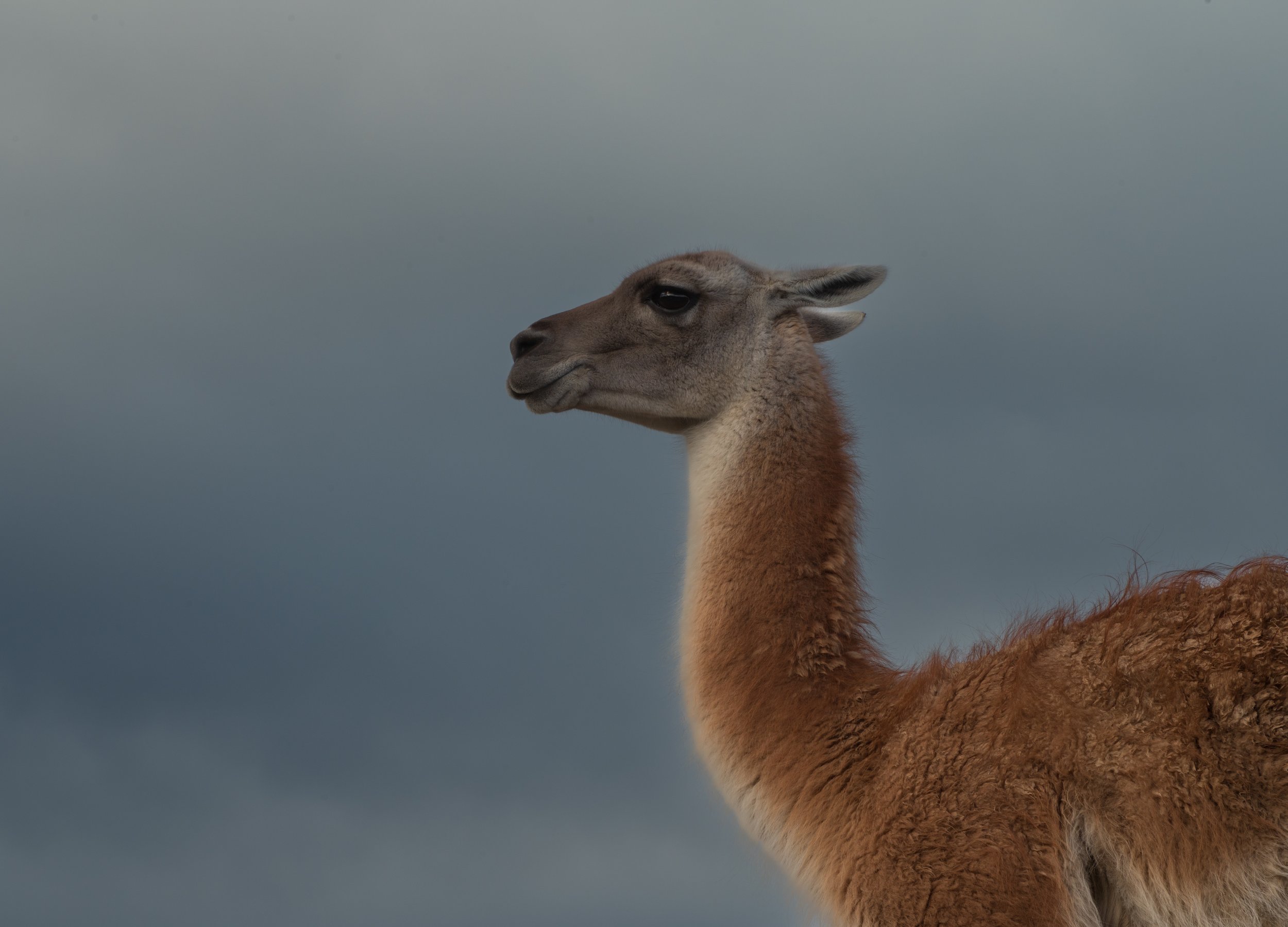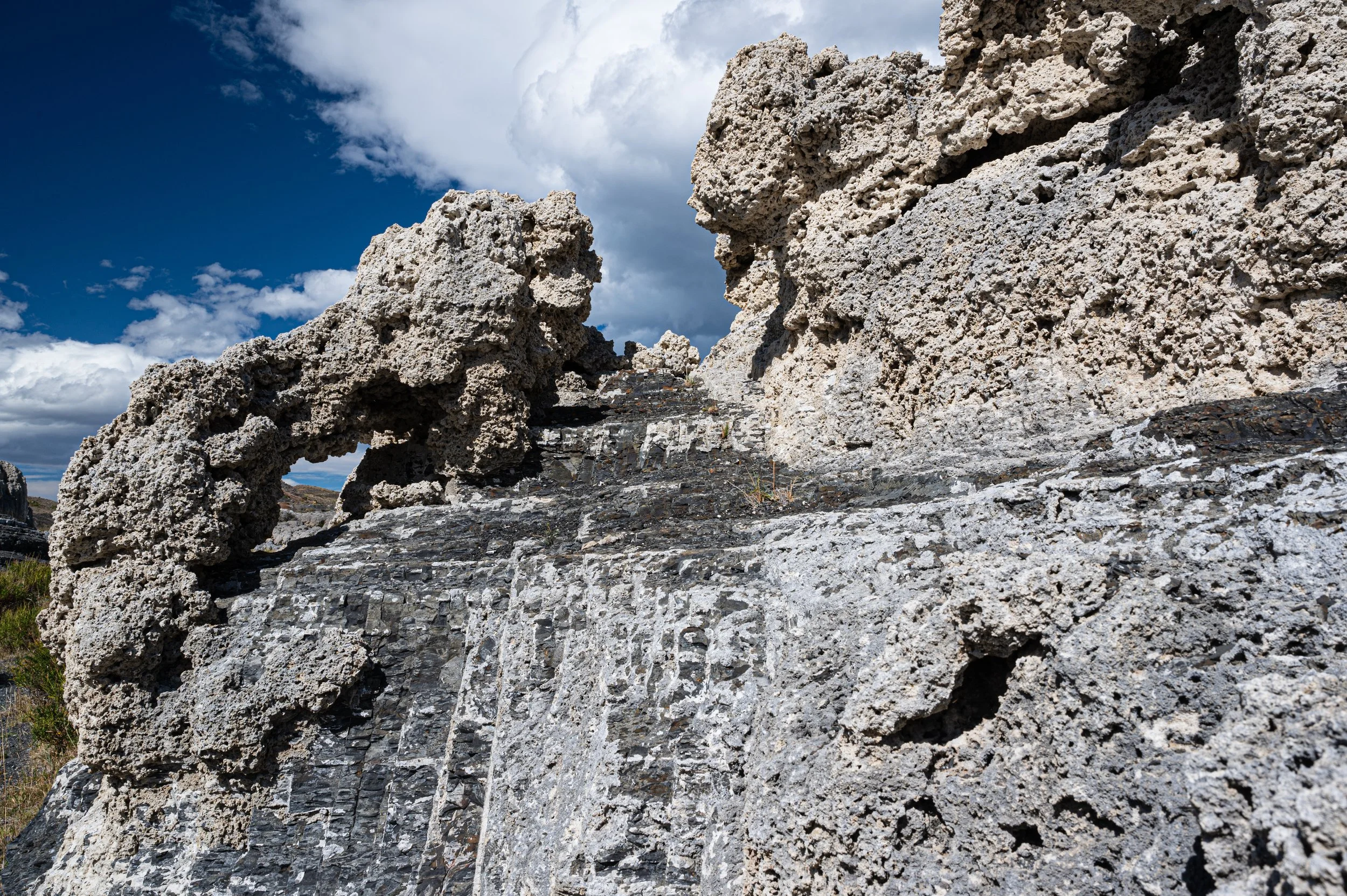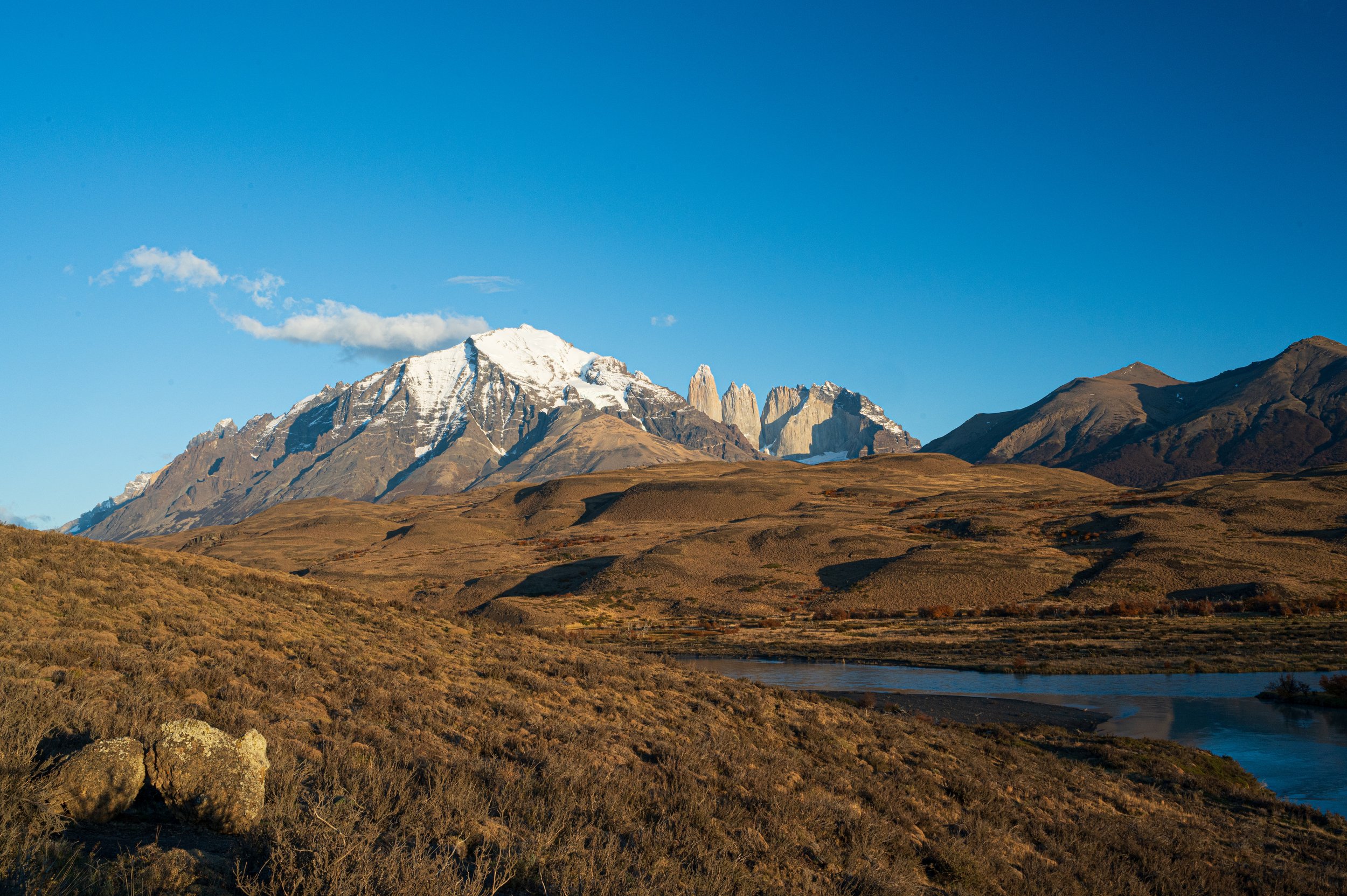
Torres del Paine with its iconic towers! "Paine" means "blue" in the words of the Tuehuelche people," referring to the blue color of granite when viewed from a distance.
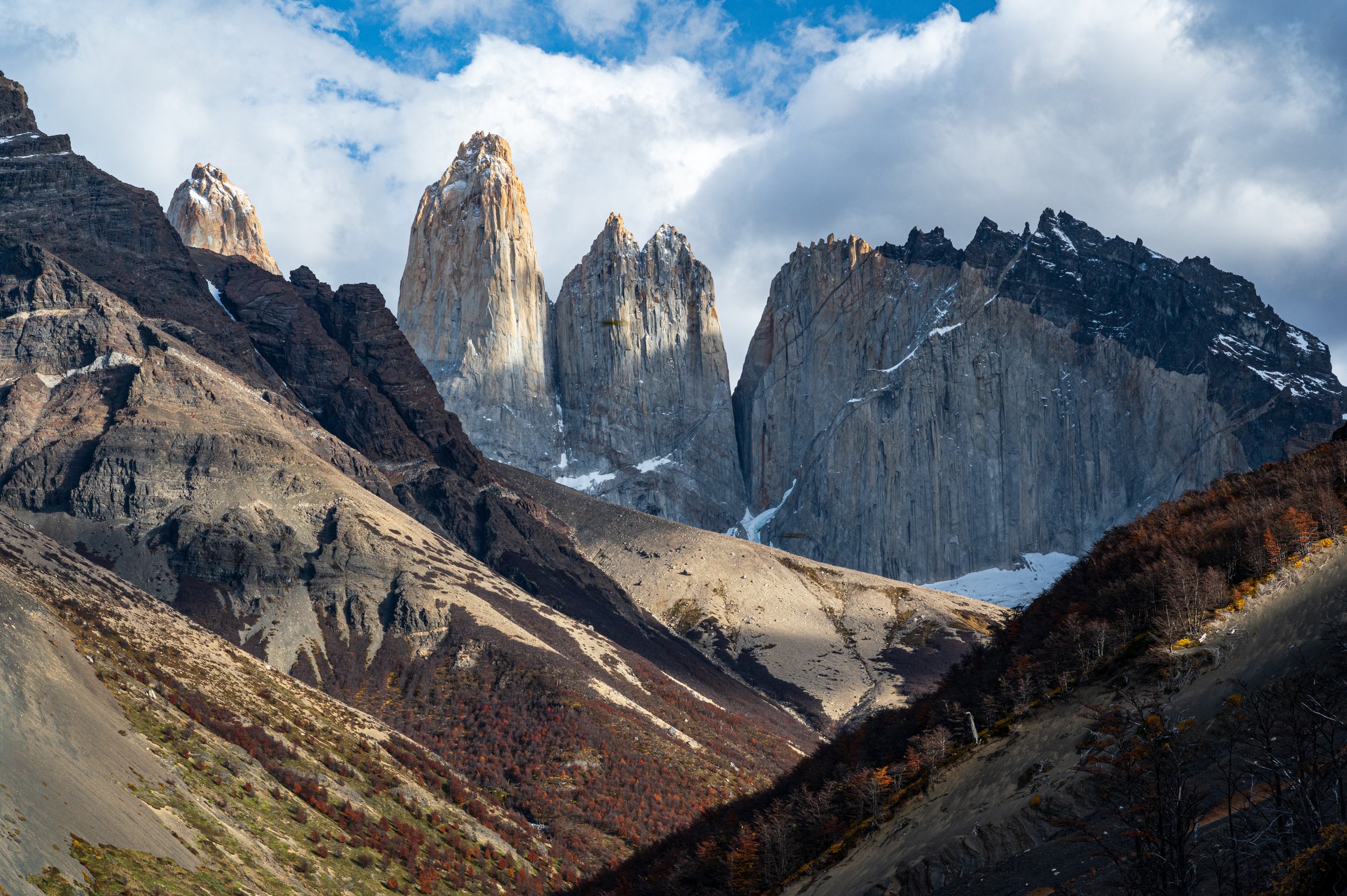
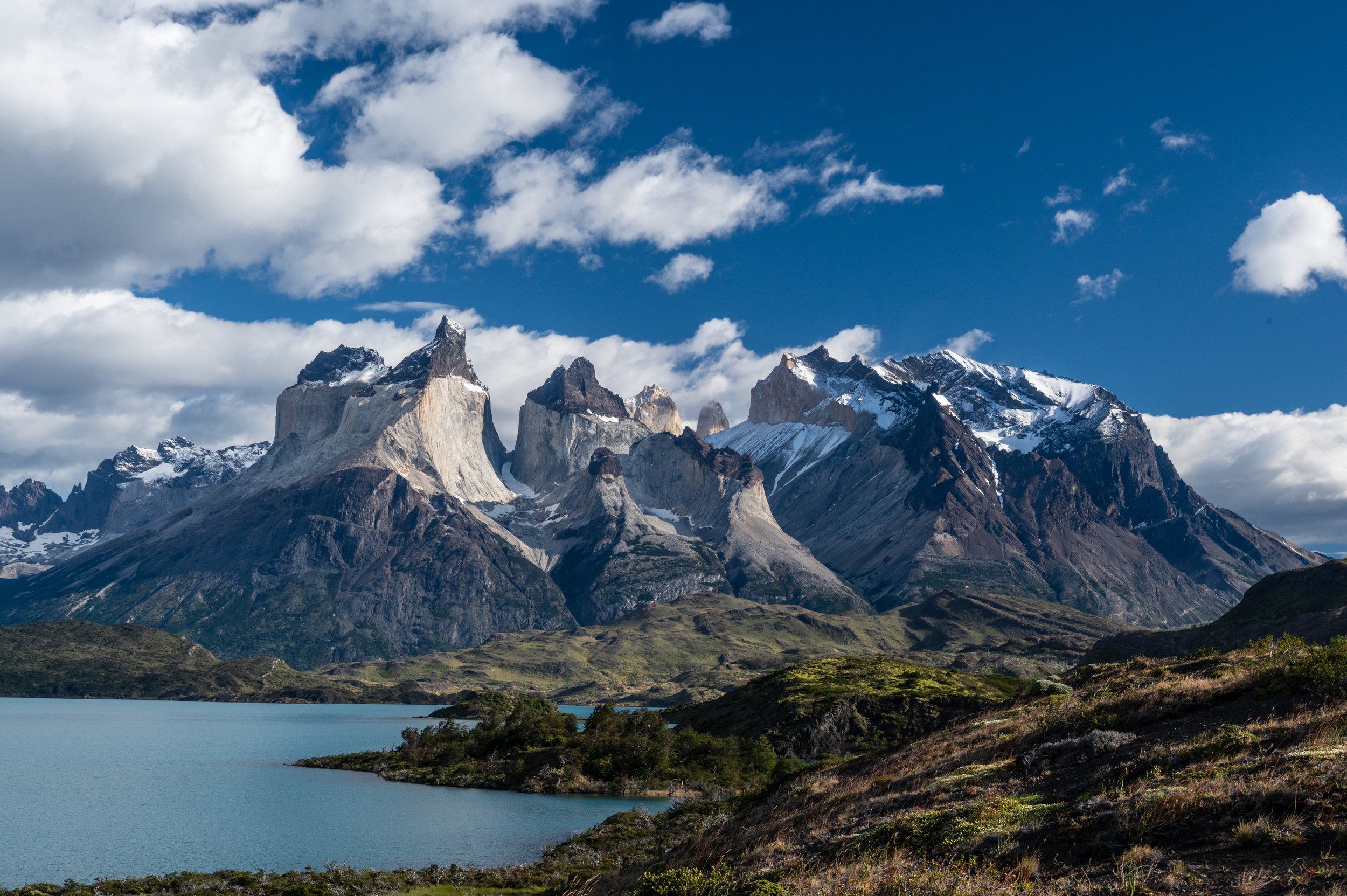
Another geologic feature of Torres del Paine - Los Cuernos del Paine (the "horns")
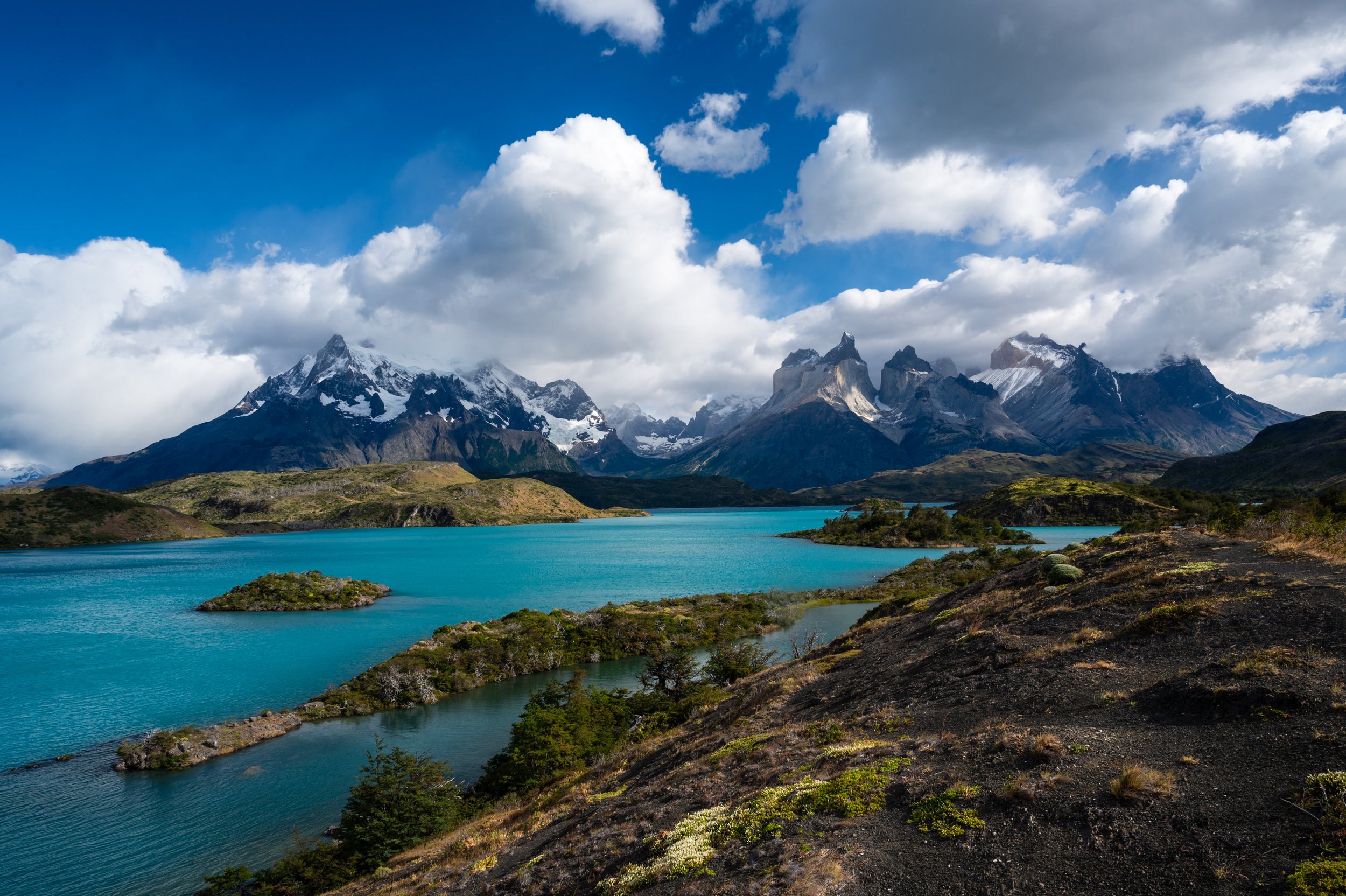
Formed by a melting glacier, Lago Nordenskjöld is a milky turquoise color
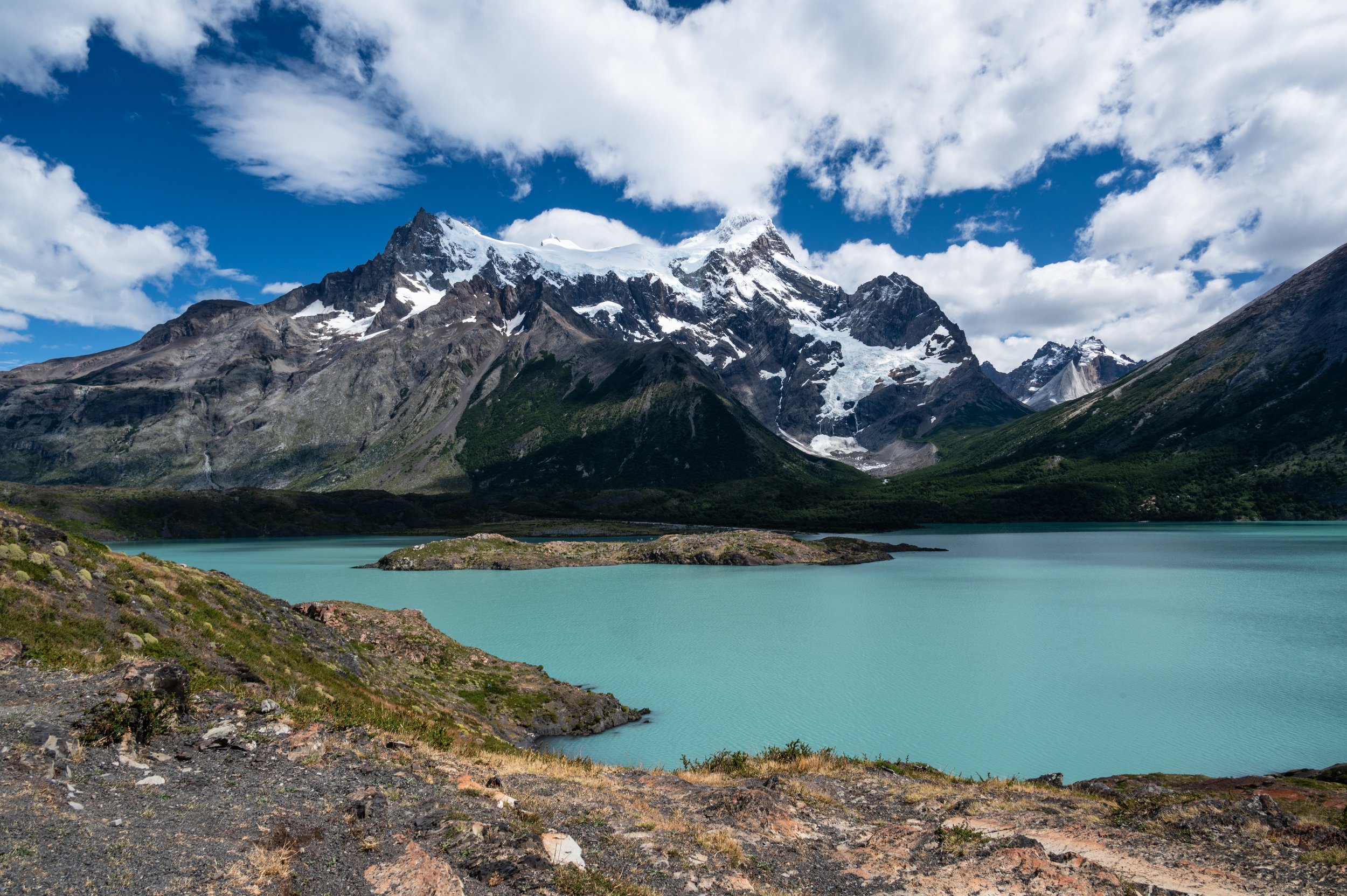
Paine Grande, the peak on the right, is the tallest peak in the park. This view looks into the French Valley.
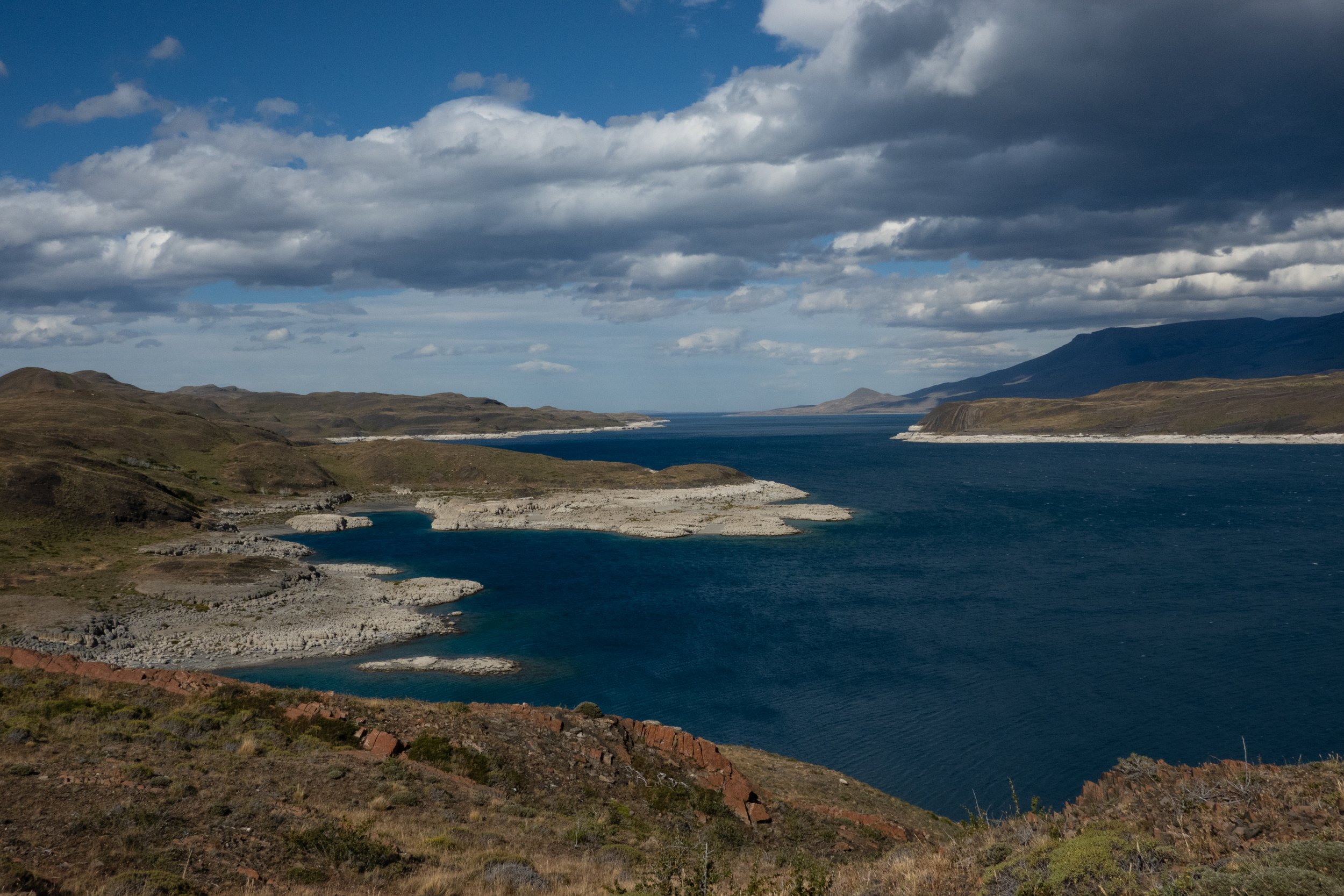
The lovely Lago Sarmiento
Lago Sarmiento's geology is characterized by thrombolites, which are white, coral-like microbial structures formed by cyanobacteria in the lake's alkaline and saline environment. These structures are a result of microbial activity and the precipitation of calcium carbonate.
The lake has a high pH and is a closed system with water inflow but no drainage, creating a saline environment, which is favorable for thrombolite growth. Due to its fluctuating water levels, sub-fossil thrombolites are exposed along the shoreline.
Thrombolites are unique to only a few locations globally and are formed in shallow, closed lake systems.
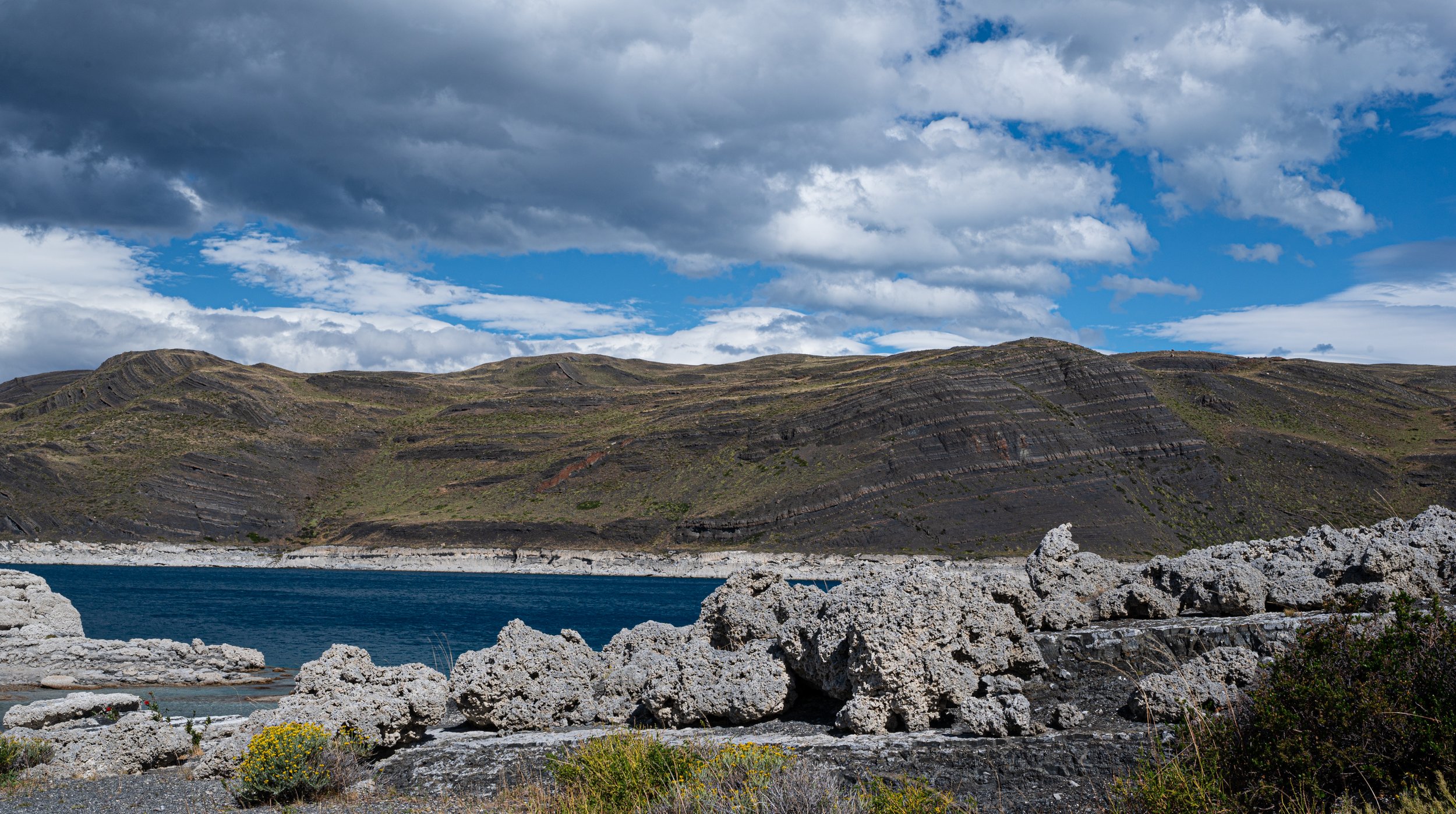
Lago Sarmento is often overlooked because it isn't as flashy as the other stunning, turquoise lakes in the park. But it is equally magnificent and intriguing because of its geology.
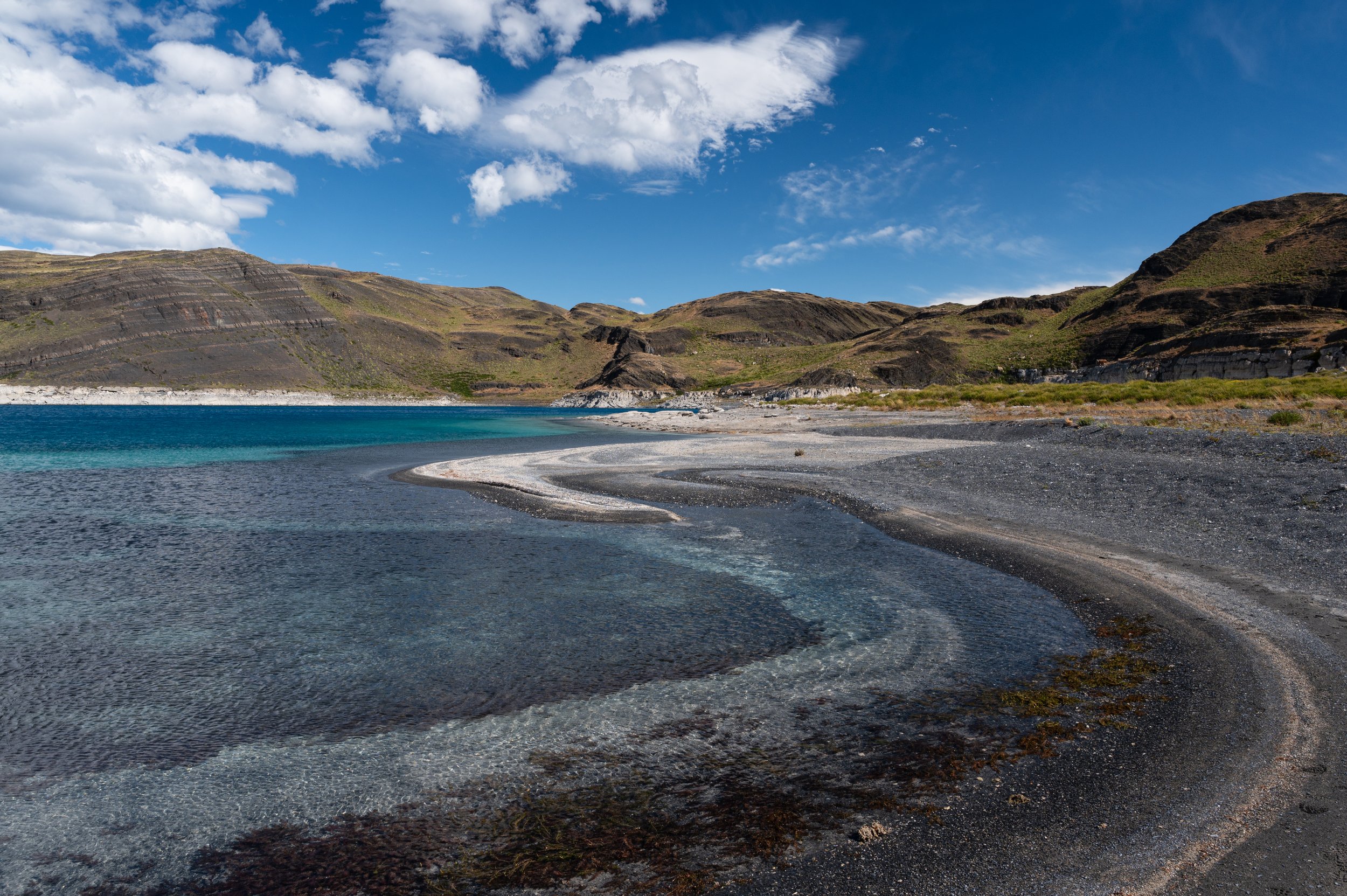
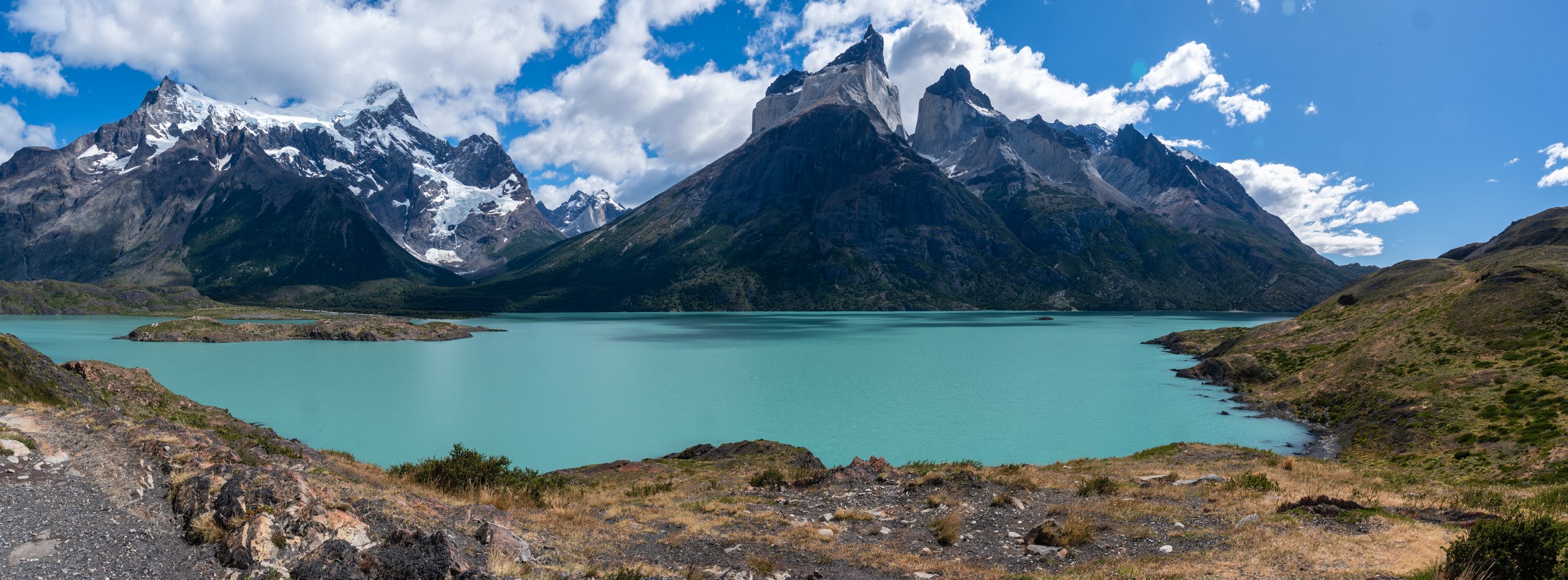
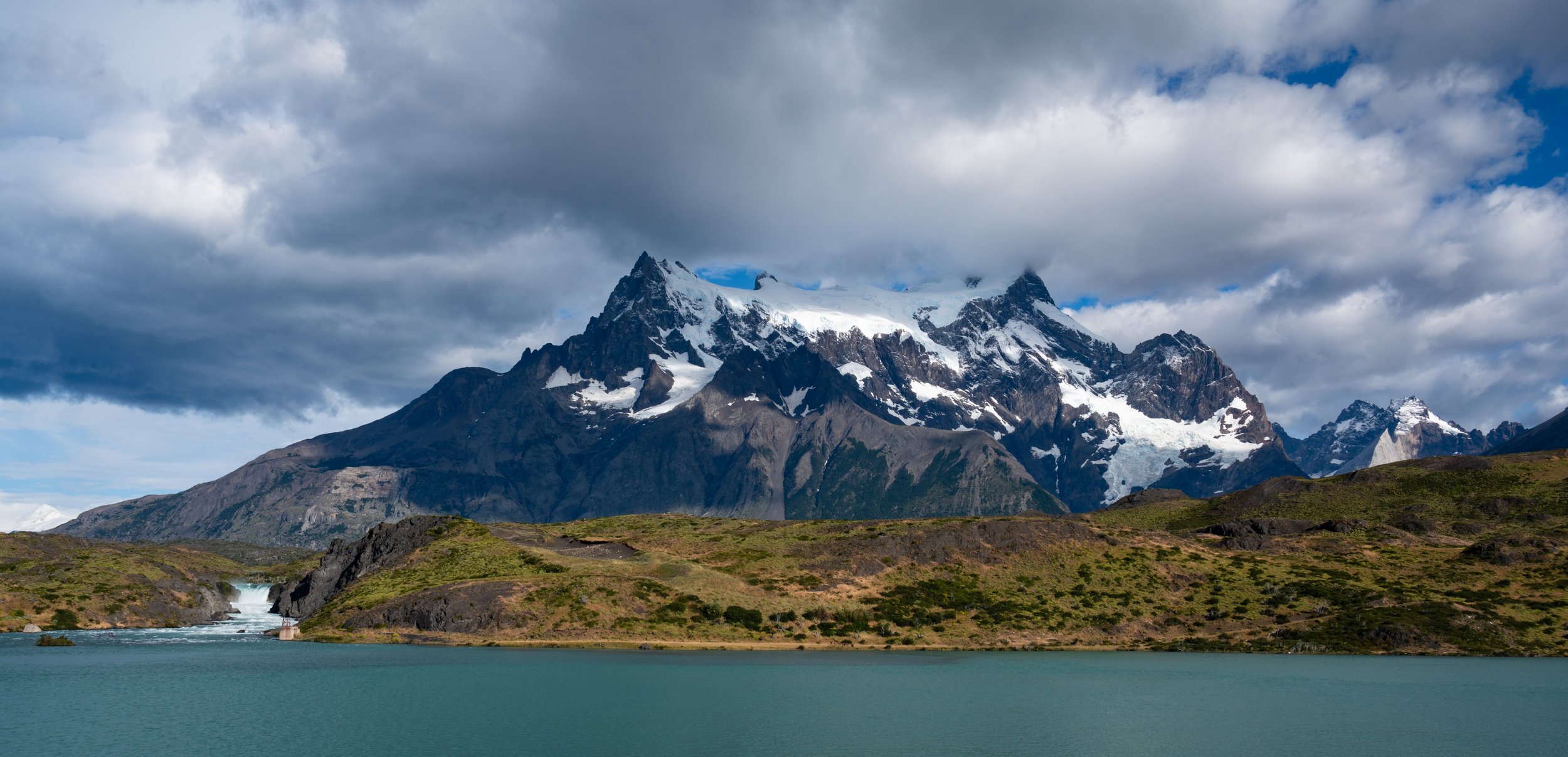
Salto Grande - "Big Waterfall"- flows from the turquoise Lago Nordenskjöld to Lago Pehoe
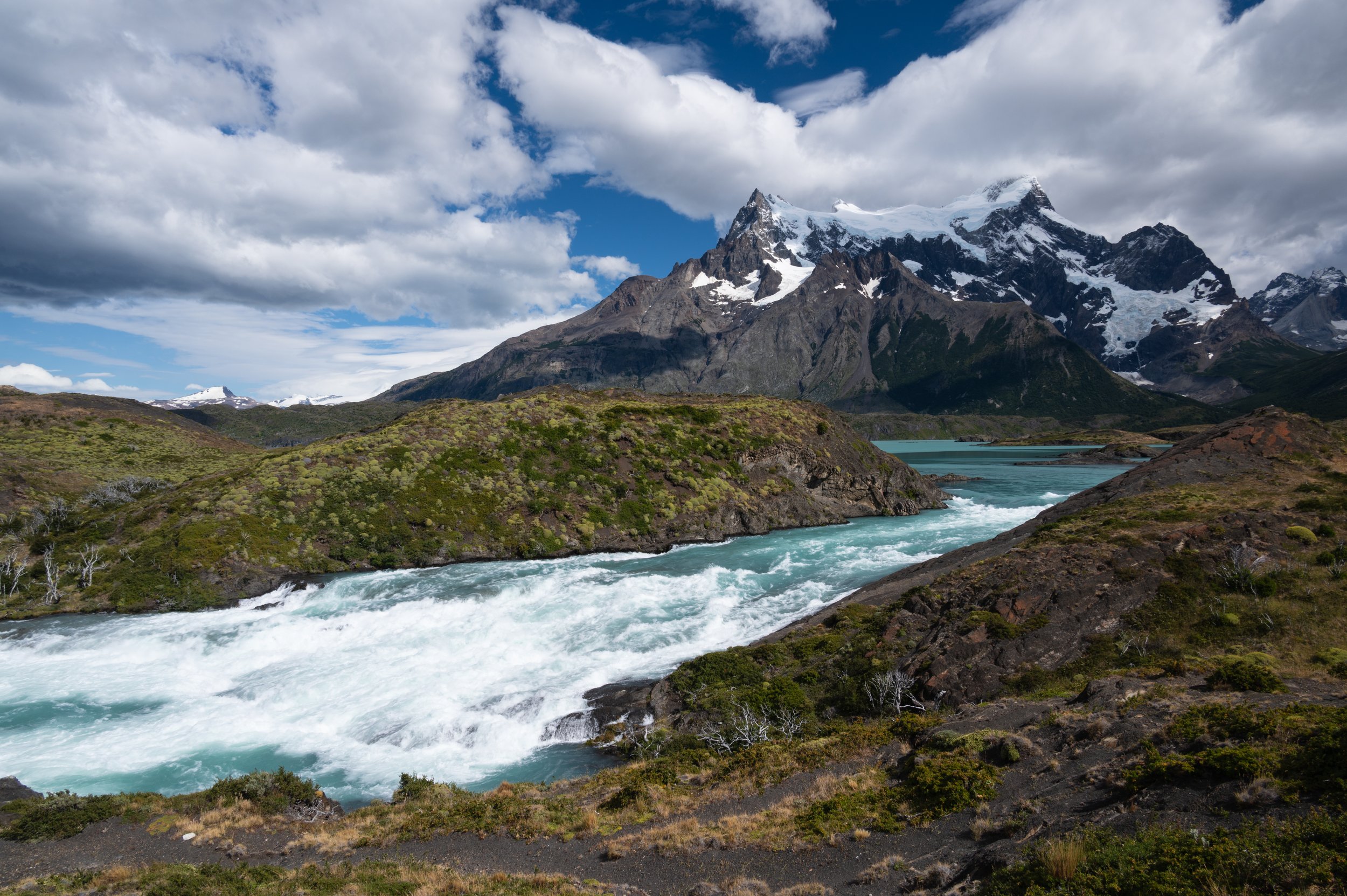
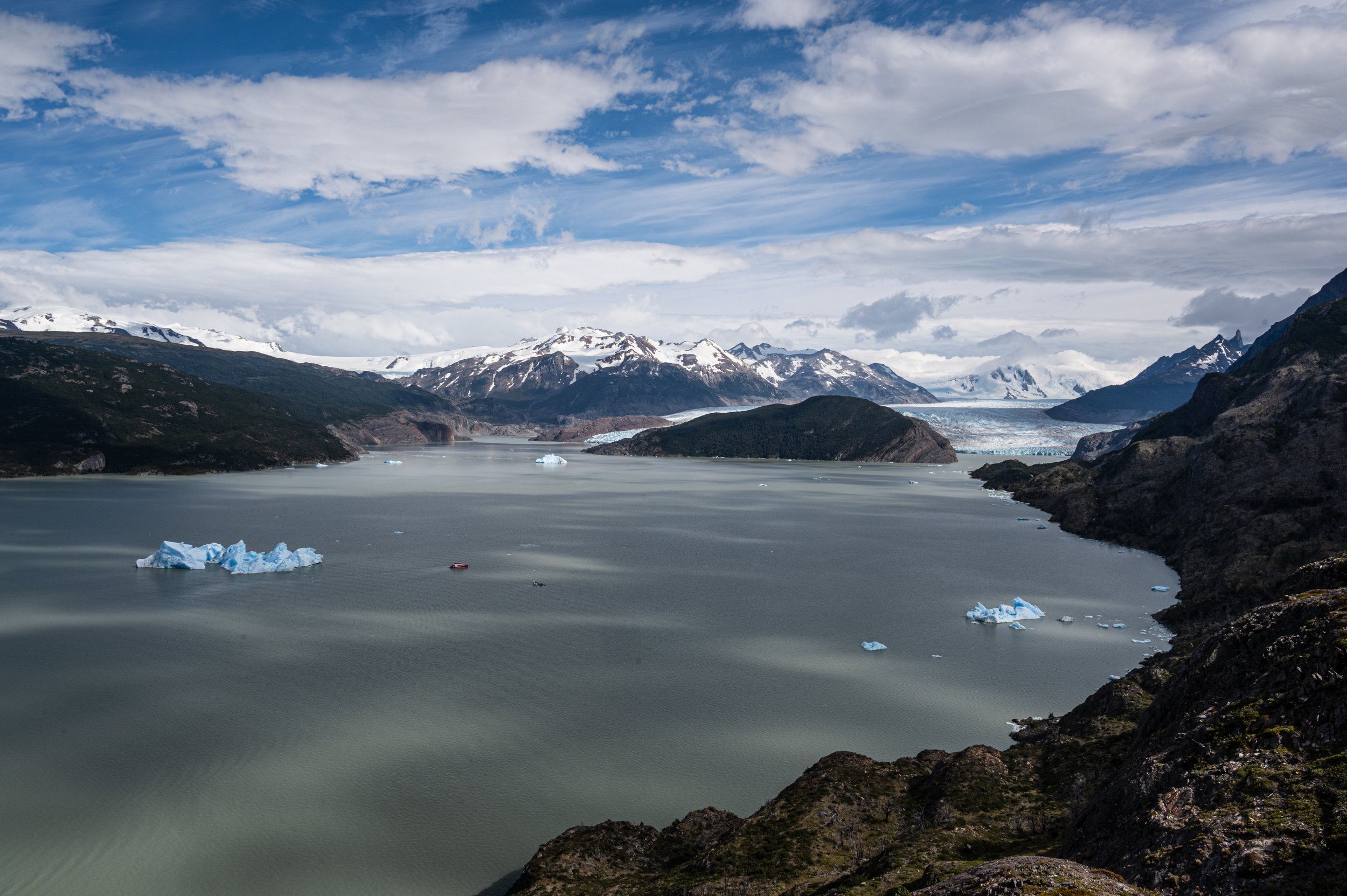
The Grey Glacier, coming from the Southern Patagonia Icefield
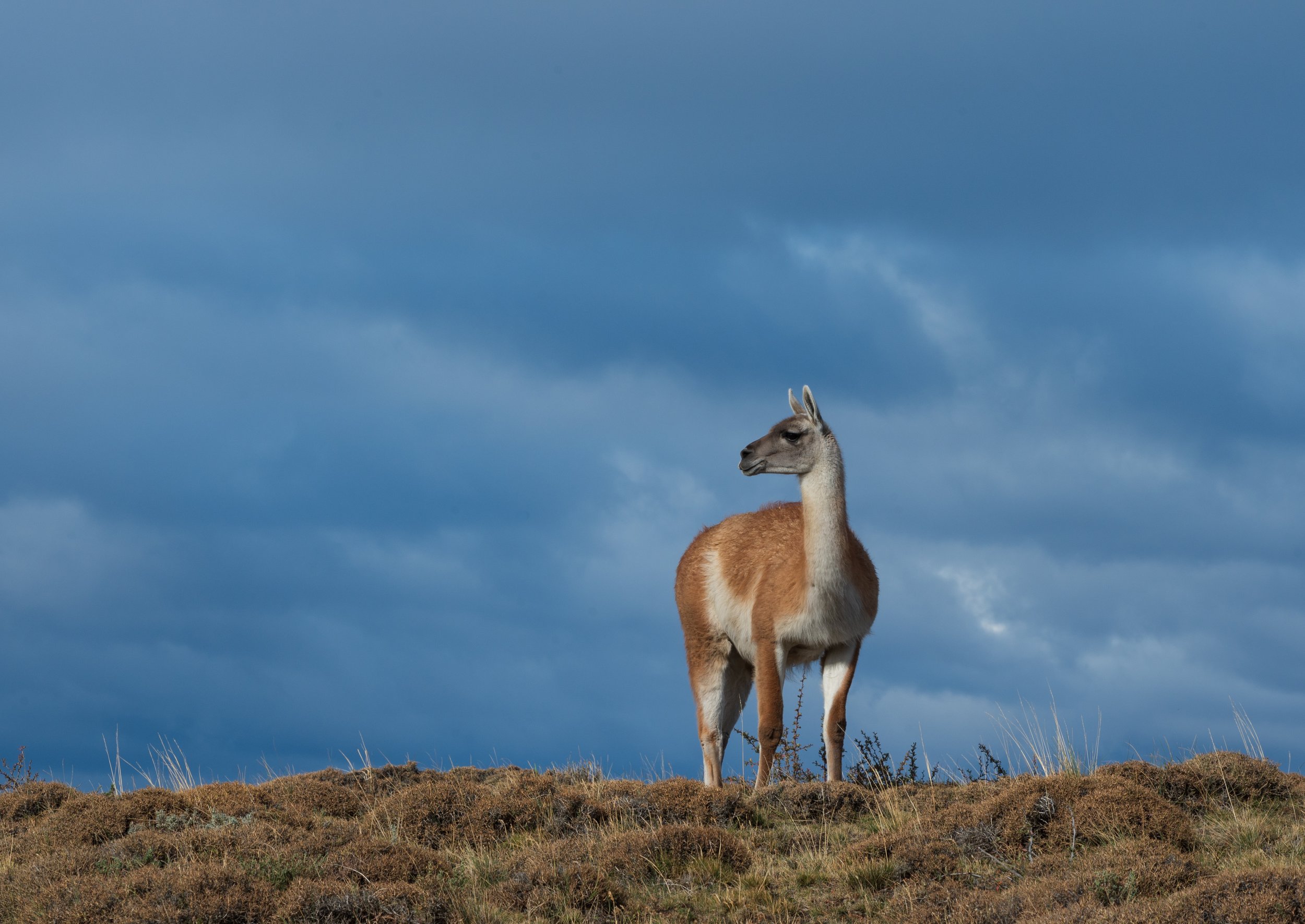
The guanaco, the iconic animal found in Patagonia
